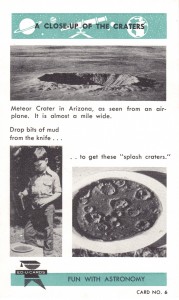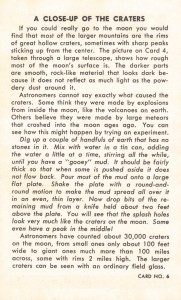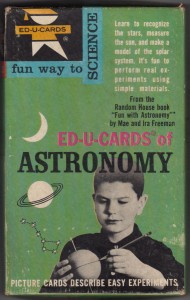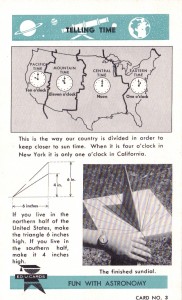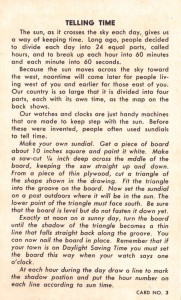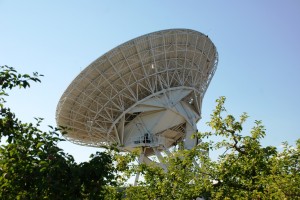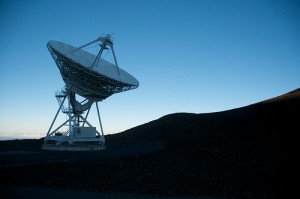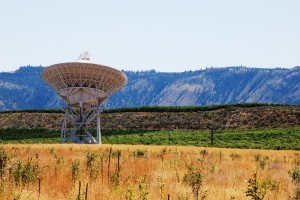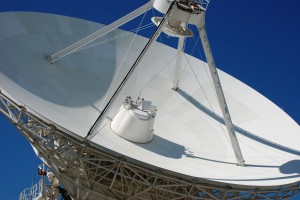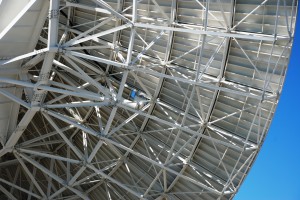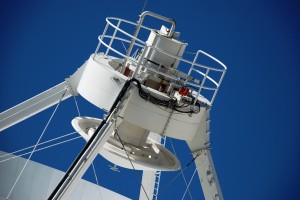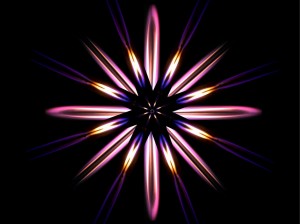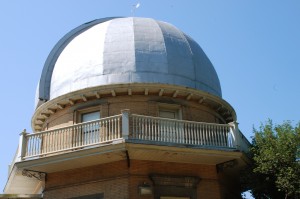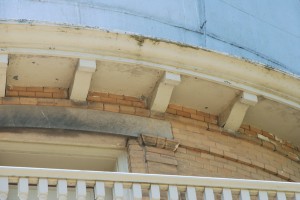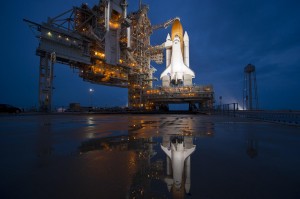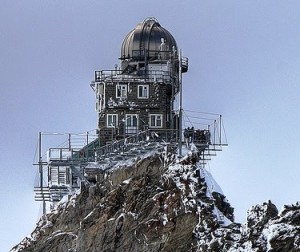
Sphinx Observatory, Jungraujoch. Photo credit: Eric Hill
I travel a lot for work.* That can be a bad thing, in that I often miss sleeping in my own bed, but it can also be a good thing, because it gives me a chance to visit observatories that don’t necessarily fit in with my academic research agenda. One place I’d really like to visit–but let’s face it, the odds aren’t good–is the Sphinx Observatory at the High Altitude Research Station at Jungfraujoch, Switzerland. With its 76 cm Cassegrain telescope and Coudé focus, the observatory operates as part of the solar spectrometer of the Institut d’Astrophysique et de Géophysique de l’Université de Liège, Belgium, and the LIDAR system run by the École Polytechnique Fédérale de Lausanne, Switzerland.
I’ll admit that my interest in Sphinx is more about aesthetics and history than current science research. LIDAR (Light Detecting and Ranging) is interesting, although meteorology isn’t my field, and certainly solar spectroscopy would hold my attention. But what really attracts me about Sphinx is its location 3500 m above sea level in the Bernese Alps.

Sphinx Observatory
Photos of Sphinx tend to emphasize the remote location and the extreme weather surrounding the observatory. The site looks pristine and almost primordial, as if humans had scarcely touched the mountain during the process of dropping an astronomical castle on its summit.
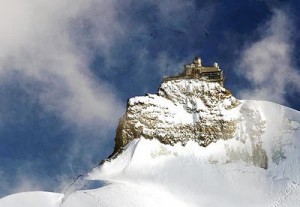
Sphinx Observatory
For the most part, however, the photos are illusory. Don’t misunderstand me: working conditions at Sphinx are challenging. The regulations for the research station highlight some of the challenges, noting that, “because of the high altitude and the isolation, life and work at Jungfraujoch make great physical and psychological demands. Experience has shown that in general the researchers at Jungfraujoch do not have the same working capacity and are more irritable than at lower altitudes. If possible, researchers should not stay at Jungfraujoch for longer than approximately four weeks at a time.” So, that’s a serious emotional and physical commitment in pursuit of scientific research. The alpine weather can’t help much (check out the mountain web cam if you don’t believe me).
Still, as beautiful as they are, the photos misrepresent the observatory just a bit, in that they mask the site’s accessibility. The observatory is accessible year round via the Jungfrau Railway and, in fact, it was because the railroad made visiting the summit so (relatively) easy that the mountain was chosen as the site for meteorological research. Discussions for implementing a research program began as soon as the railroad was completed in 1912. The research station grew in fits and starts for years, and the observatory wasn’t completed until 1937. The first dome was added to the observatory in 1950. As it turned out, the need for astronomical observing was so great at the station that another two domes were added at the Gornergrat High Altitude Research Station (Matterhorn region) in the 1960s.
As the histories of both Jungfraujoch and Gornergrat research stations demonstrate, high altitude research is as connected to tourism as it is to science. While early explorations of the alpine region were driven by what we might call “scientific curiosity,” particularly the glacial and geological studies, the introduction of the railroad opened up the mountains to anyone who could afford to pay for passage. Hotel building at Gornergrat began in 1896, and when the railroad was completed in 1898, tourists flocked to the region. The Hotel Kulm Gornergrat was built between 1897 and 1907; today the hotel uses its immediate proximity to the research station as a draw for tourists. Visiting is still a matter of money: the roundtrip ticket from Zermatt to Gornergrat is 60 Euros; a double room at the Hotel Kulm will run you 167.65 Euros. You can eat fairly cheaply in the cafeteria of the Top of Europe Restaurant at Sphinx, but the Crystal dining room will set you back a bit more (I have no idea why they have a Bollywood room in the Alps). Some forms of leisure are just always reserved for the monied among us.

Sphinx Observatory
I can’t say that Switzerland has ever made my top twenty list of places I’d like to visit, but the photos of Sphinx Observatory are certainly making me reconsider my priorities. It’s going to require some serious re-working of my household budget, though.
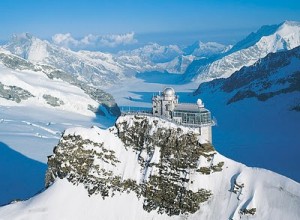
Sphinx Observatory
*A lot. In the past six years, I’ve spent fourteen months in India, three months in the United Kingdom, and two weeks in France, all in the pursuit of research. Other work-related travel conducted in the same time period has taken me to: Minneapolis, Madison (x2), Chicago (x4), Boston, Los Angeles, Austin, Washington D.C., Savannah, Pittsburgh, New Orleans, Philadelphia, South Bend, Princeton, and New York. I’m not even going to talk about trips to visit family in Washington, Oregon and California.
